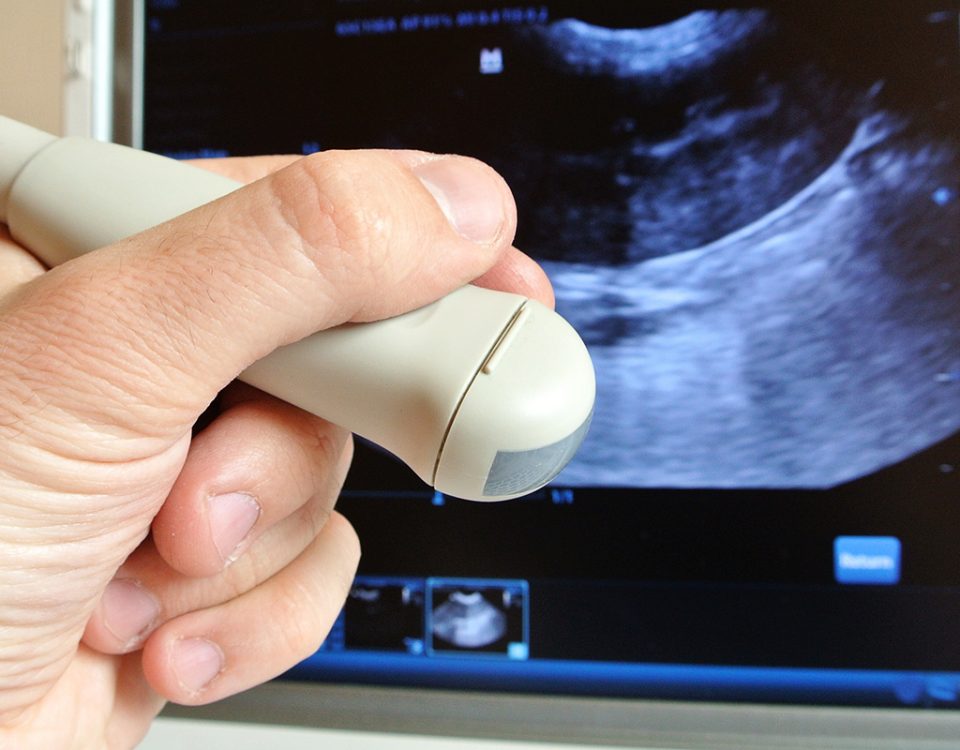
Musculoskeletal Ultrasound: Working for You
May 8, 2017
7 Things You Should Know About ACL Injuries
July 3, 2017A Simple Guide to Arthritis Surgery

Arthritis – it’s one of the most common conditions to plague our patients. Some patients visit our office experiencing extreme pain due to joint deterioration, hoping that they can find relief. Luckily, arthritis treatments have significantly improved over the years, with surgery remaining the last resort in our medical toolkit. Before a doctor recommends arthritis surgery, a patient can expect to go through a series of other treatments meant to relieve pain without the invasive nature of a full joint replacement. In other words – we won’t force you to go through a lengthy recovery period unless it is absolutely necessary.
For those who do require surgery, however, improvements have been made over the years to streamline both the surgical procedures and healing process. While patients may experience downtime for recovery, don’t expect to spend months laying around on the couch – you will likely be up and moving much faster than you would imagine.
What Exactly is Arthritis?
There are two types of arthritis that most people are familiar with – rheumatoid arthritis and osteoarthritis. Both types of arthritis deal with the degeneration of the joints in the body and can both be very painful; however, the causes of each type of arthritis are very different.
Osteoarthritis is, by far, the most common form of the condition. It’s sometimes referred to as “wear and tear” arthritis because it is caused by an accumulation of wear on the joints due to lifestyle choices. In the case of osteoarthritis, onset is usually gradual and occurs later in life, with joints that are sore but not always swollen.
On the other hand, rheumatoid arthritis is less common and caused by an autoimmune response in the body. In this case, joint damage results from a patient’s immune system attacking the joints and onset can be swift. Rheumatoid arthritis can happen at any point in a patient’s life, with painful, swollen joints appearing over a period of weeks along with a general feeling of malaise.
Is Surgery My Only Option?
In the case of both osteoarthritis and rheumatoid arthritis, there are several treatment options available that don’t involve surgery. Before considering surgery, our doctors will assess the severity of your arthritis along with your current lifestyle to determine whether there are ways to control symptoms without resulting to invasive procedures. Some options may include:
- Medication (both over the counter or prescribed)
- Lifestyle Changes (diet and exercises)
- Physical Therapy
- Injections
- Regenerative Therapies (PRP & Stem Cell Treatments)
How Do I Know If Arthritis Surgery Is Right for Me?
We don’t take the possibility of exposing patients to invasive procedures lightly. Whenever possible, we try to keep our clients on a treatment path that will allow them to lead the daily lifestyle they are used to living. But sometimes arthritis becomes so painful and intrusive in its own right that patients aren’t able to participate in activities they used to enjoy. When patients have tried non-invasive treatments to no avail, and their quality of life is beginning to suffer, it’s time to discuss your options for arthritis surgery with your doctor.
What Are My Surgical Options?
- Arthroscopy – When it comes to surgical procedures, arthroscopy is about as minimally invasive as they come. The surgeon creates a tiny incision that allows for the insertion of a small camera into the affected joint. This camera provides a very clear view of the inside of the joint, allowing the surgeon to see areas of inflammation and damage. During this procedure, the surgeon has a chance to remove any pieces of cartilage or bone that may be causing issues in the join, smooth out any bone surfaces that may be rough and causing damage, or remove inflamed connective tissue.This outpatient procedure does not require a hospital stay, although it still has a recovery time of 6-8 weeks. Your doctor will schedule follow-up visits and possibly physical therapy to help with the healing process.
- Joint Fusion – Joint fusion surgery, also called arthrodesis, is exactly what it sounds like…the fusion of two bones together in a joint to decrease the patient’s pain and provide more stability to the joint. This surgery is generally done on joints that are small or cannot be easily replaced, such as joints in the hands, feet, wrists, and spine.Depending on which joint requires surgical intervention and the extent of the damage to the area, joint fusion procedures may be either in- or outpatient. Recovery time is quite a bit longer than arthroscopy – it can take a few months to heal from the surgery fully and recover full use of the joint in question.
- Osteotomy – Often used for arthritis of the hip or knee, osteotomy is a surgery that helps realign bone so that the patient receives pain relief. Usually done to delay joint replacement surgery, osteotomy involves adding or removing bone to shift weight to a portion of the joint that is experiencing less damage. If the procedure is successful, it can mean the delay of joint replacement sometimes for years.Osteotomy is an invasive surgery that requires quite a bit of time to heal. Mobility is often limited for at least a month, although physical therapy is used immediately to help speed the healing process. Full recovery can take multiple months, sometimes as long as a year depending on both the patient and joint affected.
- Joint Replacement – Usually used as a last resort treatment for arthritis patients suffering from severe pain and disruption of daily activities, joint replacement surgery involved the partial or full replacement of a damaged joint. The most common joint replacement procedures are done on the knees and hips, although shoulders and elbows are candidates for replacement as well. Before surgery, your doctor will do a thorough examination and require imaging be done to determine the extent of replacement required.This type of surgery does take quite a bit of time to heal, although patients are usually surprised at how quickly they will be using the replaced joint. In the case of hip and knee surgery, patients are often up and moving within 24 hours of the replacement. Full healing takes months, and a regular physical therapy routine is usually part of the recovery process.
If Surgery is Right for You…
When you and your doctor decide on a surgical option, your doctor will provide all the information you’ll need for the actual surgery and the recovery process. Know that the more invasive procedures like joint replacement or osteotomy will require you to have additional help for getting around the house and doing everyday chores. Planning ahead to make daily tasks like meal preparation, dressing and bathing easier makes the whole process much more pleasant.
If you have arthritis, Charlottesville Orthopaedic Center is here to help. Click here to schedule an appointment today.



